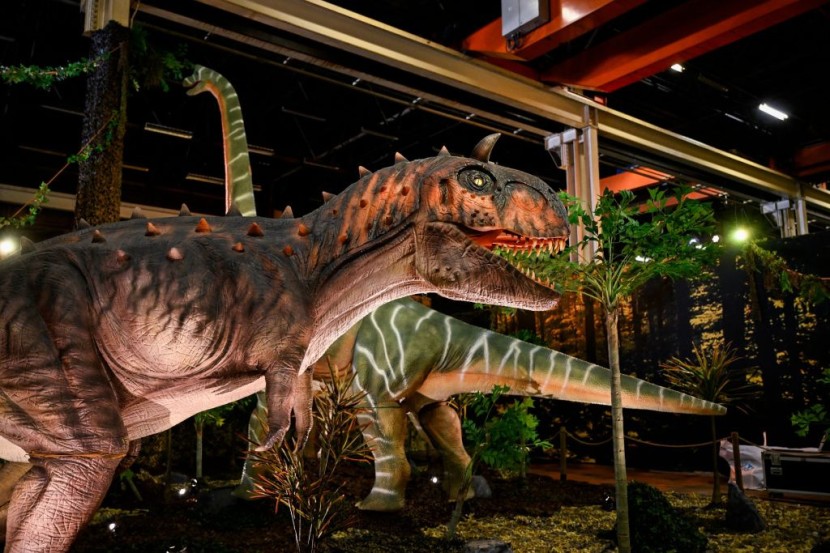
A new study reveals how mammalian ancestors were poised to become dominant, but a killer asteroid that wiped out dinos made it easier. About 66 million years ago, Chicxulub struck and led small mammals to develop into the dominant species.
Killer Asteroid Helped Mammals Dominate
The age of the dinosaurs ended about 66 million years ago after an asteroid the size of Manhattan hit the earth. When it hit, small mammals got better at getting the suitable adaptations to become what they are now, reported Live Science.
Such a study was published in the journal Science Advances on how animals in that era and ecosystems were before and after the dinos were wiped out.
The approach integrates data from fossils accumulated in western North America, whose eras cross the dividing line between the end of the Cretaceous period (145 million to 66 million years ago) as well as the start of the Paleogene (66 million to 23 million years ago).
Such 1,600 fossils portray more than 470 species of animals, such as mammals, fish, crocodilians, birds, and nonavian dinos.
Thomas Cullen, a postdoctoral fellow at Carleton University in Ottawa, Ontario, said they were able to select freshwater and small terrestrial organisms, as well as mammals that had what was needed to survive a killer asteroid event compared to nonavian dinos. But he was not part of the study, saying mammals did not branch out, according to his website, Thomascullen.
Evolution hit the right path for mammalian ancestors on adaptations, food, and ability to survive the environment and weather, have young, and repopulate diminished populations.
Asteroid Wiped Out Dinos, Making Room for Smaller Creatures
Gemma Louise Benevento, another scientist not involved in the study, posited an idea, saying that mammals took advantage of the end of dinosaurs and that mammals just filled the niches accidentally. What was happening is that mammals were doing that even before the extinction event.
As said by co-first author Alfio Alessandro Chiarenza, a postdoctoral research fellow at the University of Vigo in Spain, the landscape of the now-western United States might have been comparable to a modern Florida swamp back then.
The climate was already shifting by the end of the Cretaceous with the cooling earth. Notwithstanding this cooling, the analysis revealed that nonavian dinosaurs didn't truly acclimate. Instead, they stuck to the same range of temperatures, weather patterns, and dietary habits they'd already adjusted to.
Their ecological roles stayed essentially steady, excluding the reality that the diversity of significant, plant-eating dinosaurs lowered somehow. Their impact on the food web got smaller, approximately 83.6 million to 61.6 million years ago.
Initially, this volatility likely caused mammal communities to collapse and bounce back with subtle shifts in weather and when the asteroid plummeted. The earth was suddenly cold and shadows, but mammals could adapt.
The prediction model used for the research was initially conceived to research contemporary ecologies, co-first author Jorge Garca-Girón, a postdoctoral researcher at the University of Oulu in Finland and the University of León in Spain, told in an email.
The group made a real effort to account for the insufficiency and partiality toward large specimens of fossil evidence that render these simulations hard to apply to ancient animals. The study shows how mammalian ancestors weathered the killer asteroid that wiped out dinos was not an accident.
Related Article: Oldest Egyptian Tomb Aligned with Winter Solstice Sunrise Discovered by Archaeologists
© 2025 HNGN, All rights reserved. Do not reproduce without permission.








